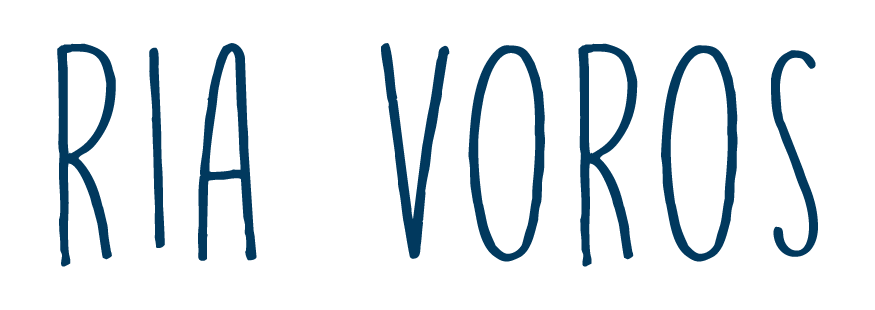Wow, lady. Even though it’s too late for me to pick any more rhubarb from the garden, I want to anyway and roast it up like you did. Maybe I’ll be pilfering from the freezer already…thanks!
It’s a celebration on multiple levels around here. The late summer fruit season, golden September days. Little e getting herself from one side of the kitchen to the other (and shoving all her alphabet magnets under the fridger for safekeeping). And… the first copies of my novel just arrived. [You can buy it here, even if you’re not in Canada, apparently] Let the huzzahs ring out!
In honour of all these things, and also in honour of having too many fresh figs in the house (oh, to have such problems, right?), I made this:
With these:
The recipe comes from here. It’s as amazing as it sounds.
Now, go get yourself a piece of cake—I have a question for you. In your Top Five Books Ever, are there any titles for children or teens? As a writer of children’s literature, I often just assume people, at some point, read a book or two written for pre-adults, but maybe I’m mistaken. [Why do adults read kid lit, anyway? There are some interesting articles out there, like this and this, if you’re curious.]
Is kid lit as worthy as adult fiction? I’d point out that clothing for kids is no less clothing because it’s not for adults, but I don’t think everyone would say aye when talking about reading material. Maybe there’s something about being an adult reading a book aimed at or published for kids that makes some folk uncomfortable. Maybe because adults aren’t supposed to choose cartoons over sitcoms or eat string cheese instead of Brie, we also assume books written for kids should be…for kids.
But I love reading the picture books in the children’s section of the book store. Not only because I know my daughter will love them one day, but because I love them now. They are entertaining and moving. Same with middle grade and YA fiction. It speaks to me. And when I write it, it feels like the right thing to be doing. When people ask me about my favourite books or what I’m reading now, I invariably call out a list of YA and children’s fiction, which is met with blank stares, because many people don’t know the authors I’m referring to and the idea of having a top three made up of books for pre-adults is…unorthodox. The Atlantic published a great article by D. B. Grady about the rise of kid lit in the last decade. I especially liked this part:
Erin Kelly, a short fiction writer and novelist, best sums the challenges of YA: “You have to remember a time from your past–the sound of sneakers on the gym floor, the smell of lockers and middle school hallways and, most importantly, the way it felt to be an adolescent. You have to remember the struggle of wanting to be an individual, but needing to fit in, of loving and hating your parents at the same time, of trying to maneuver through the social strata. And you not only have to remember what adolescence feels and looks like, you have to be able to convey it with a believable tone and voice that relates to readers. I’m not sure anyone could call that easy. That there is nothing easy about writing a good book, whether it’s a picture book with 50 words or a novel with 50,000.”
So where do you stand in the kid lit continuum?
[Eggplant Update: The flowers I talked about before are now actual, cute little eggplant fruit! I take back what I disparagingly said about our climate. Grow little eggplants, grow!]





Goodness, how do you manage to make fruit and vegetables look so luscious? Must be something sexy in your soil, my friend!! What a harvest you have. Jealous of your figs and fig cake (does caramel sauce make everything better? Like, LIFE? Oh yes, it does).
Look at those Nobody’s Dog books! How exciting. Shall we come up with a collective noun for a group of lovely newly published books? A feast? A harvest of books? Okay, that I like. I put forward the motion to use the word “Harvest”. Thoughts?
As for kid lit and YA lit – it rocks my world. I love my daughter’s picture books, they make me happy, DAILY. I’m mulling over the challenge to discern my Top Five Books Ever but kids books are in there for sure. Not “if” but “which ones” – there are so many good ‘uns…. Wholeheartedly agree with the articles you linked that the appeal is in the Truth, Simplicity (as in, cutting out the BS, as described)and Magic. I love that the expert in one of the articles is named Dr Joy. That is a perfect summary of what kids books bring to my week – Joy. You can’t knock that.